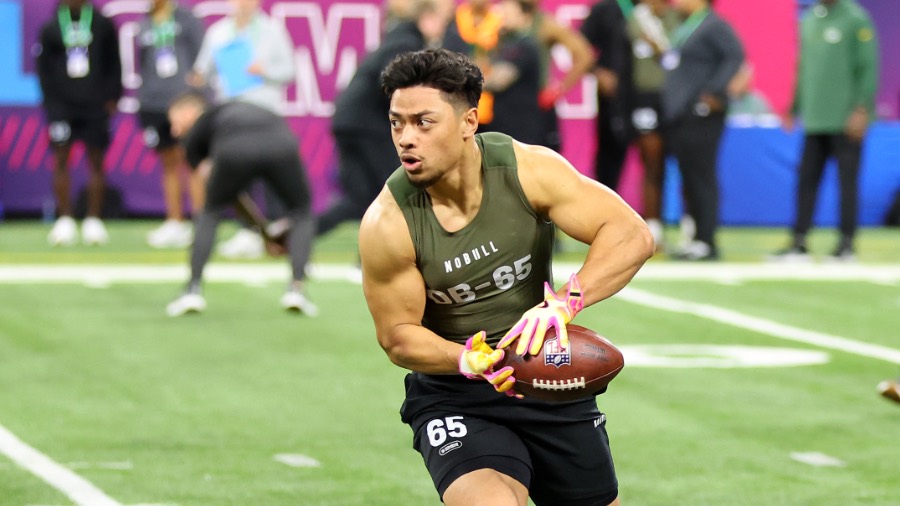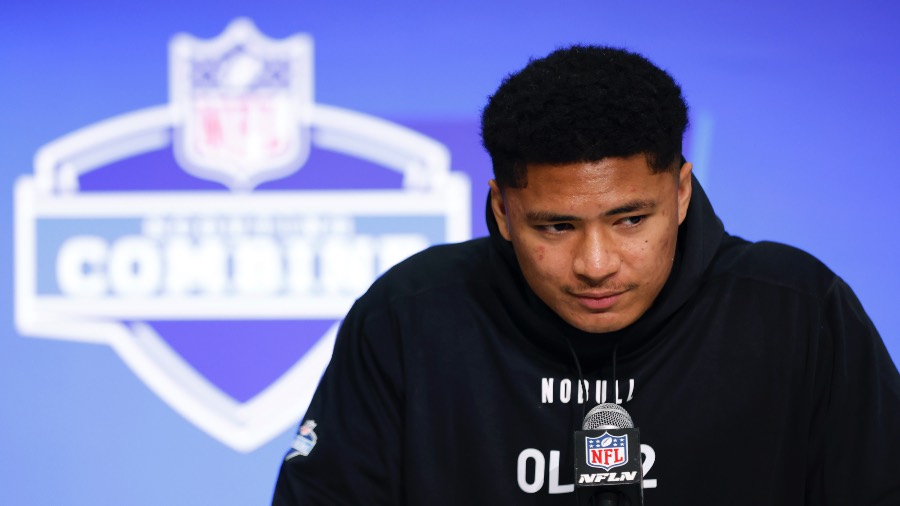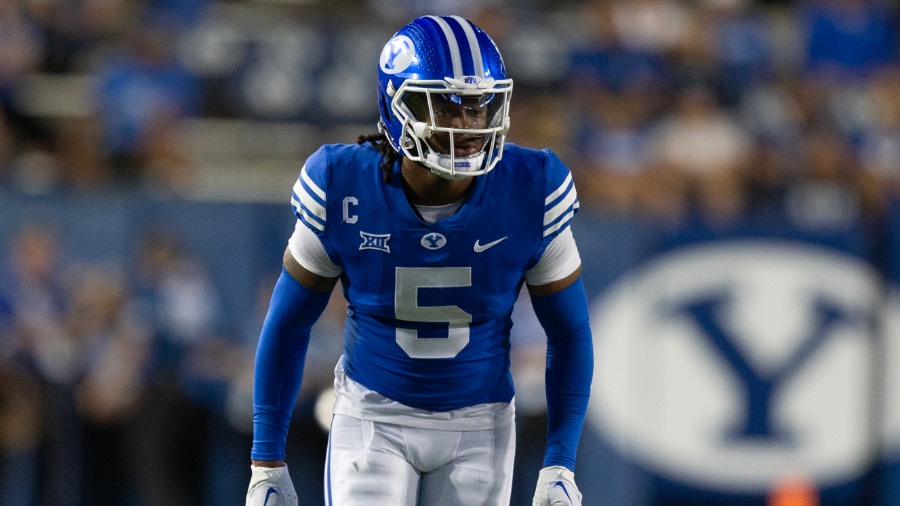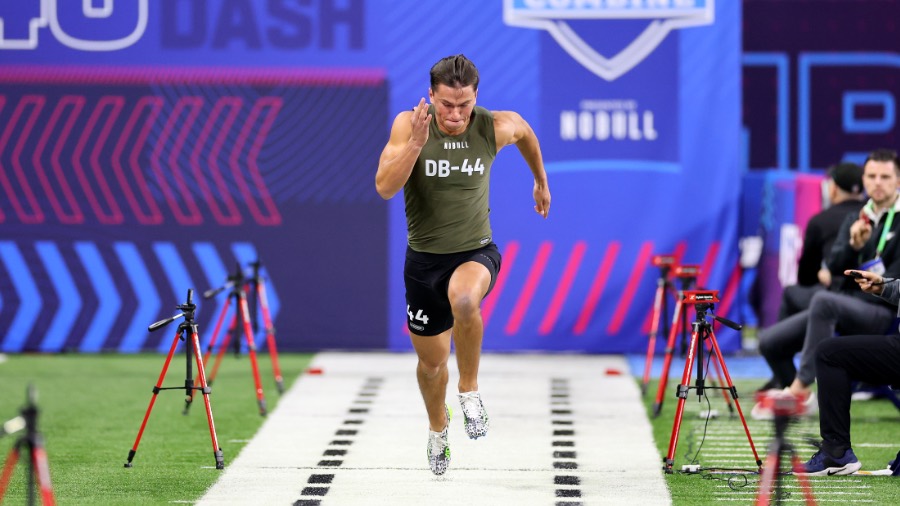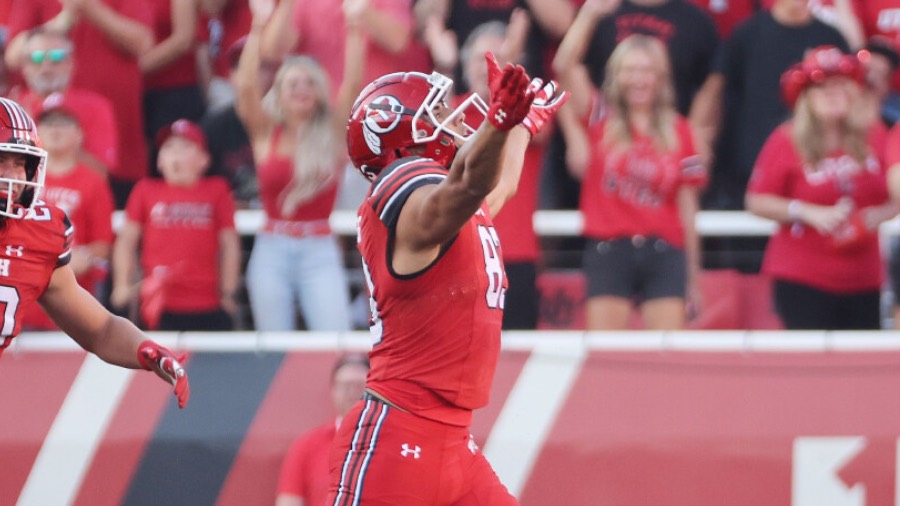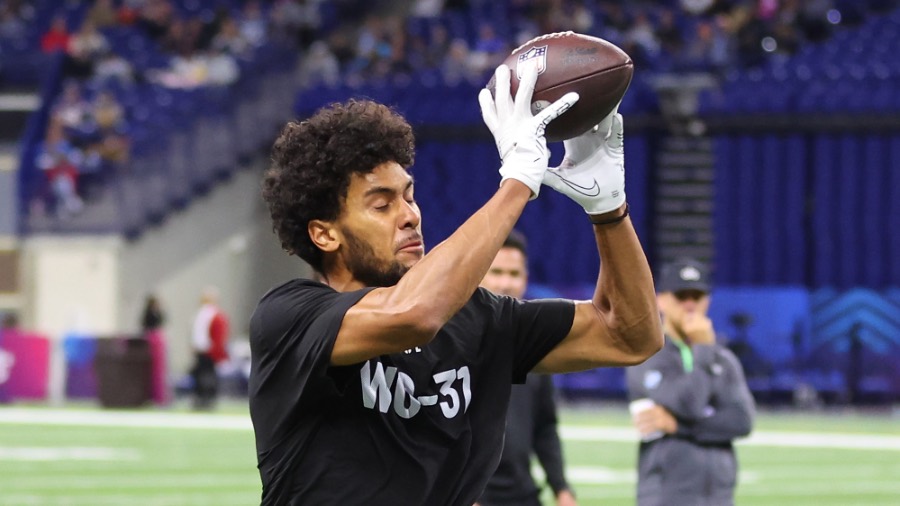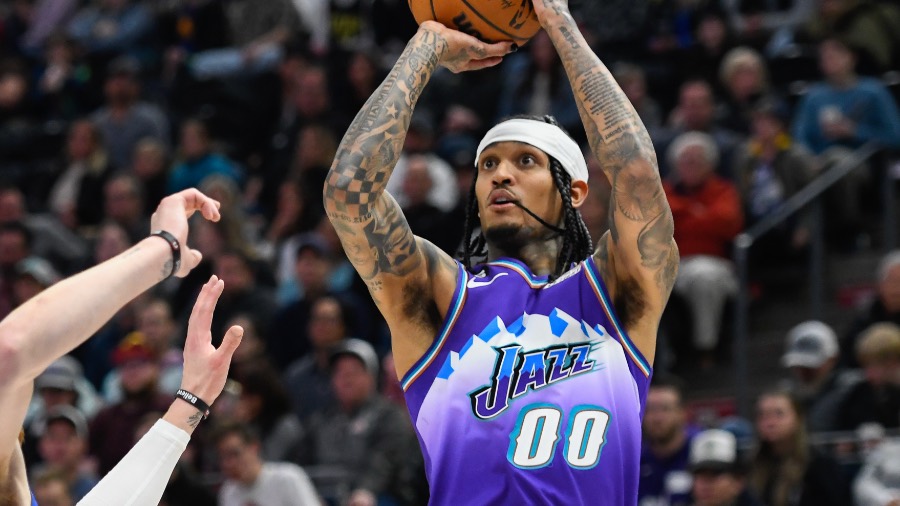Walt Perrin Breaks Down Potential Prospects Leading Up To NBA Draft
Jun 17, 2019, 11:48 AM | Updated: 11:49 am
SALT LAKE CITY, Utah – The 2019 NBA Draft is on Thursday and the Utah Jazz have been working hard to find out who they will select with the 23rd pick in the first round and the 53rd pick in the second round.
Utah Jazz vice president of player personnel Walt Perrin has worked out over 80 players in the last two months leading up to the draft and getting a feel for who the prospects are as players and as a person off the court.
Perrin and his staff couldn’t work out every player that is projected around the Jazz’s pick like Keldon Johnson, Cameron Johnson, Romeo Langford or Matisse Thybulle, but that hasn’t mattered in the last few years.
“In two of the last four years we have drafted guys who we haven’t had in for workouts,” Perrin said on SportsBeat Sunday with Jeremiah Jensen.
The Jazz front office has had the chance to look at these prospects for the last year and in particular during the college basketball season. Perrin was asked about how deep this year’s draft is.
“When I first looked at the players that I thought would be in the draft at the beginning of the year, I wasn’t sure how good of a draft this was,” Perrin said. “As the year has evolved and as we have gotten in prospects and started looking at players, I think there is going to be some good players in this draft. Again, most drafts, you don’t know how good it is for two or three years, but I think there are some guys that could eventually be pretty good NBA players.”
We are focused on Thursday's #NBADraft. @utahjazz VP of Player Personnel Walt Perrin is live in studio on @kslsports breaking down prospects who may be available at No. 23. It starts after @KSL5TV news ar around 10:45 #nba pic.twitter.com/wrspspMRZZ
— Jeremiah Jensen (@JJSportsBeat) June 17, 2019
Jensen and Perrin looked at potential prospects that could land at No. 23 to the Jazz.
Mfiondu Kabengele, Florida State
Kabengele averaged 13.2 points, 5.9 rebounds per game as a sophomore and shot 50 percent from the field and 37 percent from the three-point-line.
“Long, very athletic, can stretch the floor and shoot the three,” Perrin assessed. “He really showed the ability to shoot the top of the circle three’s at our workout. He can protect the basket and block shots and is a pretty good rebounder. As a guy coming off the bench, he was told that he could be the focus of the offense when he got in and he was.”
Eric Paschall, Villanova
Paschall posted 16.5 points, 6.1 rebounds on 44 percent shooting and 34 percent from downtown this past season.
“Eric is a small-ball four, a stretch four,” Perrin said. “He is a really good shooter. He has really improved his body over the last three years. He was a leader of a team coming off of a national championship two years ago. He is also one of Donovan Mitchell’s best friends.”
KZ Okpala, Stanford
The sophomore recorded 16.8 points, 5.7 rebounds and shot 46 percent from the field and 36 percent from deep.
“KZ is going to have to put on some weight and get a little stronger,” he said. “He is a wing player, really more of a slasher and driver than a shooter. He is really going to work on improving his outside shooting game. He is long and has a good ability to be a really good defender.”
Dylan Windler, Belmont
Windler had a great senior season at Belmont, averaging 21.3 points, 10.8 rebounds, 54 percent shooting and 43 percent from three.
“The first time I saw Dylan this year, he went for 32 points and 21 rebounds,” Perrin added. “He is really a good scorer, he knows how to play. He has a little bit of Joe Ingles in him. He is a lefty, who knows how to pass and put the ball on the floor, work off of screen and rolls, has NBA range. He is probably going to have to get a little bit stronger and improve his defense.”
Cameron Johnson, North Carolina
After his senior season with UNC, Johnson recorded 16.9 points, while shooting 50 percent from the field and 45 percent from downtown.
“Cameron is one of the better shooters in the draft,” Perrin said. “Can shoot the three, can run off of screens well, very good catch and shoot player. He also needs to get a little bit stronger, defense has to be better and probably has to learn to put the ball on the floor a little bit better.”
Keldon Johnson, Kentucky
Johnson posted 13.5 points per game while shooting 46 percent from the field and 38 percent from the perimeter.
“Keldon is a slasher and aggressive offensive player,” he said. “He has good physique and good physicality in his game. He knows how to score.”
Nic Claxton, Georgia
Claxton averaged 13 points, 8.6 rebounds, 2.5 blocks and 1.8 assists per game as a sophomore with the Bulldogs.
“He is really intriguing because he is 6’11,” he is long, very active for his size and moves more like a wing player than he does a big guy,” said Perrin. “He is one that is kind of moving up the draft order. He is from Georgia, who wasn’t a very good team this year. Didn’t put up a lot of big numbers, but his dad used to play in the NBA, so he is from good stock and he knows how to play.”
Ty Jerome, Virginia
Jerome posted 13.6 points, 5.5 assists and shot 43 percent from the field and 40 percent from the three-point-line.
“Ty is an extremely smart player,” Perrin stated. “As you know, he was one of the main guys for that national championship team. Shoots the ball well, really knows how to pass, really good passer off the dribble with one hand. Good defender, but not a great defender. We are a little concerned with him being able to guard on the ‘island’ by himself in a one-on-one situation. He is coming from a great defensive system and can pick up things quickly.”
Romeo Langford, Indiana
The Hoosiers freshman recorded 16.5 points per game, while shooting 44 percent from the field and 27 percent from downtown.
“He hasn’t worked out for many people because he is rehabbing an injury,” Perrin said. “He is more of a slasher, really a good mid-range shooter. He is going to have to work on extending his shooting range. Comes from a great program at Indiana and has been well coached.”
Matisse Thybulle, Washington
Thybulle won the Pac-12 Defensive Player of the Year award after posting 9.1 points, 3.5 steals and 2.3 blocks per game.
“He is a guy that moves well, he is long, led the Pac-12 in steals, really active defensively. He is going to have to work on his offensive game,” Perrin said.
Grant Williams, Tennessee
Williams averaged 18.8 points, 7.5 rebounds and 3.2 assists per game and shot 56 percent from the field as a junior.
“Grant is one of the unique players in college that is going to be in the NBA,” Perrin mentioned. “He is a really smart player, long arms, knows how to play, very good rebounder and he scores around the basket. With our game, he is going to have to move out away from the basket and shoot the jump shot a little bit better. He also handles the ball well for his size.”
Admiral Schofield, Tennessee
Schofield contributed 16.5 points and 6.1 rebounds per game, while shooting 47 percent from the field and 41 percent from the perimeter during his senior season.
“Admiral was the heart of the team and the vocal leader,” Perrin said. “Good athlete, runs the court well, shoots the ball pretty well and a very good leaper. He talks and articulates well, very smart and is going to be a good addition to some NBA team.”
Carsen Edwards, Purdue
Edwards had a great junior season, which he averaged 24.3 points, 3.6 rebounds and 2.9 assists per game, while shooting 39 percent from the field.
“He is very long and powerful,” Perrin said. “He is built more like a football player, he has a lot of strength coming from his legs, he can really shoot the ball and he really got on a run in the NCAA tournament. Even in college, he was shooting NBA three’s, so he is used to that and is strong enough to get it off. He played a little bit of shooting as a freshman and sophomore and has played point guard the last two years, so he knows how to run a team. He will be able to help an NBA team by putting the ball in the basket.”
Bruno Fernando, Maryland
Fernando finished his sophomore season with Maryland and recorded 13.6 points, 10.6 rebounds and 2 assists per game while shooting 60 percent from the field.
“He has a body built like Derrick Favors, when Derrick was coming out of Georgia Tech,” Perrin said. “He is a strong kid, he plays hard, he lights up the room when he talks, he is a vocal leader. He has learned how to extend his game and really working on shooting the NBA three. I think eventually in time, he will be able to do that consistently.”

